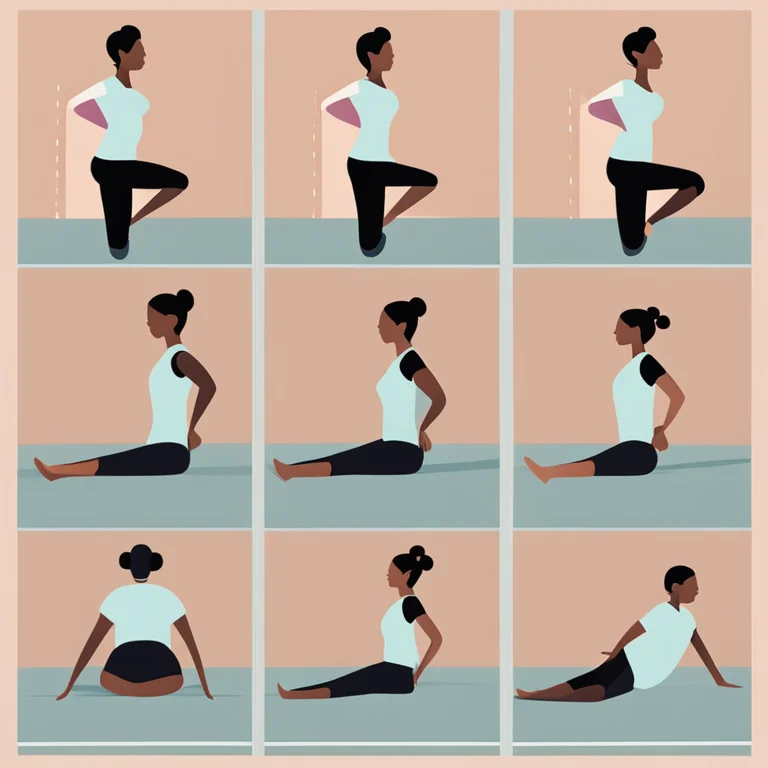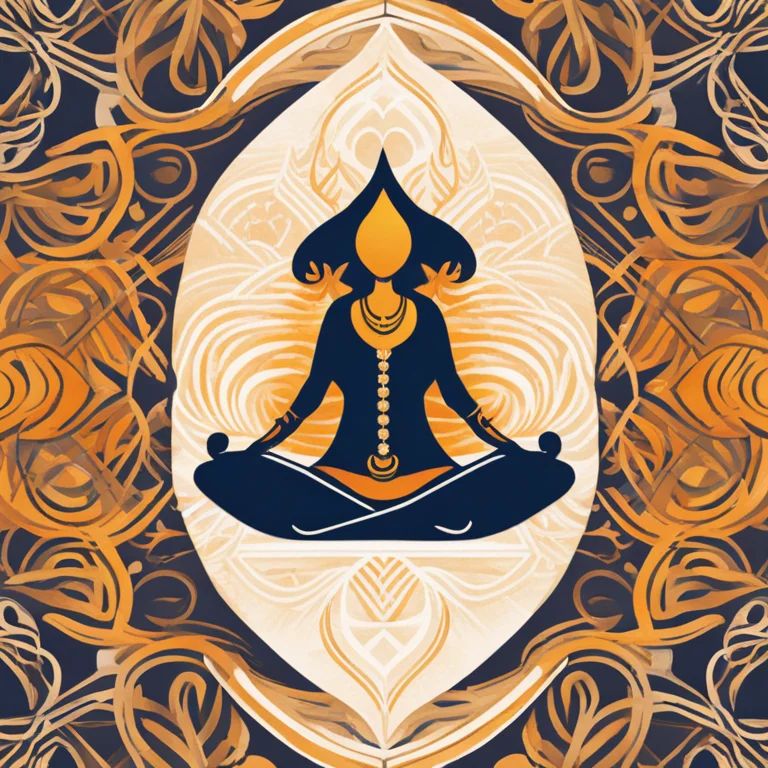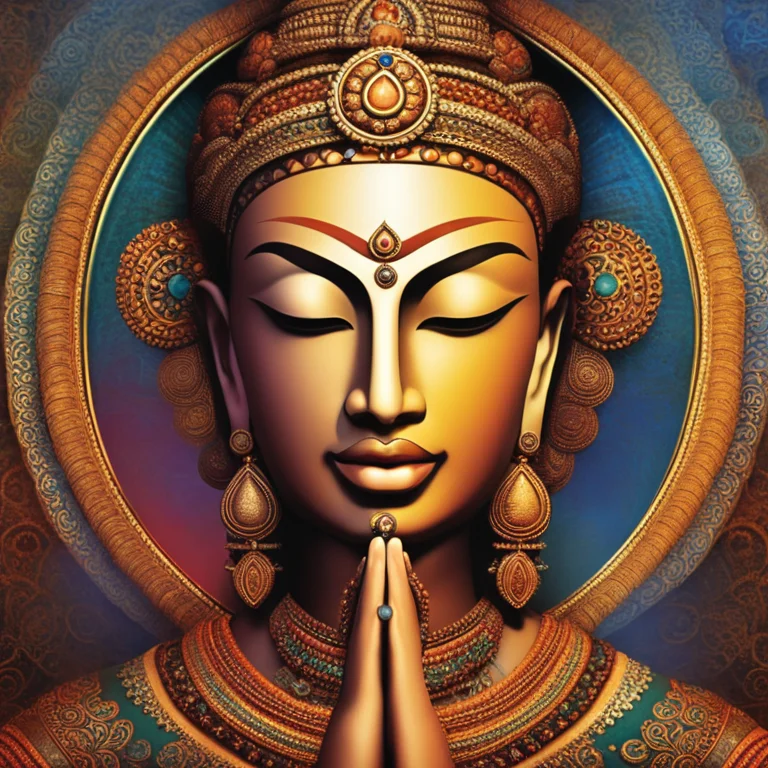
Mastering Breathwork for Serene Meditation
Discover effective meditation breathing techniques to enhance focus and promote tranquility in your daily practice.
article by Hina Kurosawa
The Essence of Meditation Breathwork
Breathing is more than a mere physiological necessity; it's the rhythmic dance of life that influences our mental, emotional, and spiritual well-being. As we step into 2024, the integration of traditional mindfulness practices with modern wellness trends has spotlighted meditation breathing techniques as a cornerstone for achieving serenity and balance. These techniques are designed to be simple, yet profoundly impactful, offering a gateway to deeper meditation states and heightened self-awareness.

Diaphragmatic Breathing
Often referred to as "belly breathing," the diaphragmatic technique is fundamental to meditation. By focusing on deep inhalations that expand the abdomen rather than the chest, this method promotes efficient oxygen exchange and activates the body's relaxation response. Practitioners are encouraged to inhale slowly through the nose, hold the breath momentarily, and exhale through pursed lips, creating a sense of calm that permeates through each meditative session.

4-7-8 Breathing
Popularized for its simplicity, the 4-7-8 method is an excellent tool for beginners and seasoned meditators alike. Inhale quietly through the nose for 4 seconds, hold the breath for 7 seconds, and exhale completely through the mouth for 8 seconds. This pattern acts like a natural tranquilizer, slowing down the heart rate and preparing the mind for deeper meditative exercises. Consistent practice of the 4-7-8 technique can also improve sleep quality and reduce anxiety levels.

Alternate Nostril Breathing
Nadi Shodhana, or alternate nostril breathing, is a yogic breath control practice that harmonizes the left and right hemispheres of the brain. This technique includes gently closing one nostril, inhaling through the other, and then switching nostrils for the exhale. The process aims to balance energy channels, create emotional equilibrium, and enhance cognitive functions—a perfect precursor to an introspective meditation session.

The Ocean's Breath: Ujjayi
Ujjayi Pranayama is renowned for its audibly soothing whisper-like quality, often likened to the sound of the ocean. By slightly constricting the back of the throat, the breath becomes slow and controlled, encouraging an immersive meditation experience. Ujjayi not only increases oxygen intake but also fosters a meditative state that is both energizing and grounding, making it an ideal choice for incorporating into various mindfulness practices.
Breath Observation for Mindfulness
At the heart of many meditative practices lies the art of breath observation. This technique invites practitioners to simply notice the natural rhythm of their breath without altering it. By bringing awareness to each inhalation and exhalation, the mind is guided away from distractions, allowing for a truly mindful meditation. This passive approach serves as an anchor to the present moment and can be a profound exercise in cultivating patience and acceptance.
Integrating Techniques into Daily Practice
Incorporating these meditation breathing techniques into daily life doesn't require extensive time commitments or a special ambiance. Even a few minutes each day can yield significant benefits, fostering relaxation and mental clarity. With the advent of wearable technology and mindfulness apps specific to 2024, individuals can now receive guidance and track their progress in mastering breathwork, all of which contributes to a more harmonious and mindful lifestyle.
Published: 1/9/2024
Modified: 1/9/2024
More predictions
Come back here soon to learn more about yourself and your future


Serenity Through Meditation Retreats
Embark on a transformative journey at a meditation retreat to recharge, refocus, and reconnect with your inner self.


Mindful Rest: Integrating Meditation & Sleep for Well-being
Discover the synergy of meditation and sleep in enhancing mental, emotional, and physical health. This article delves into practices that combine these powerful restoration tools.


Retreat into Serenity: A Meditation Haven
Discover the transformative power of a meditation retreat and find tranquility for mind, body, and spirit in our comprehensive guide.